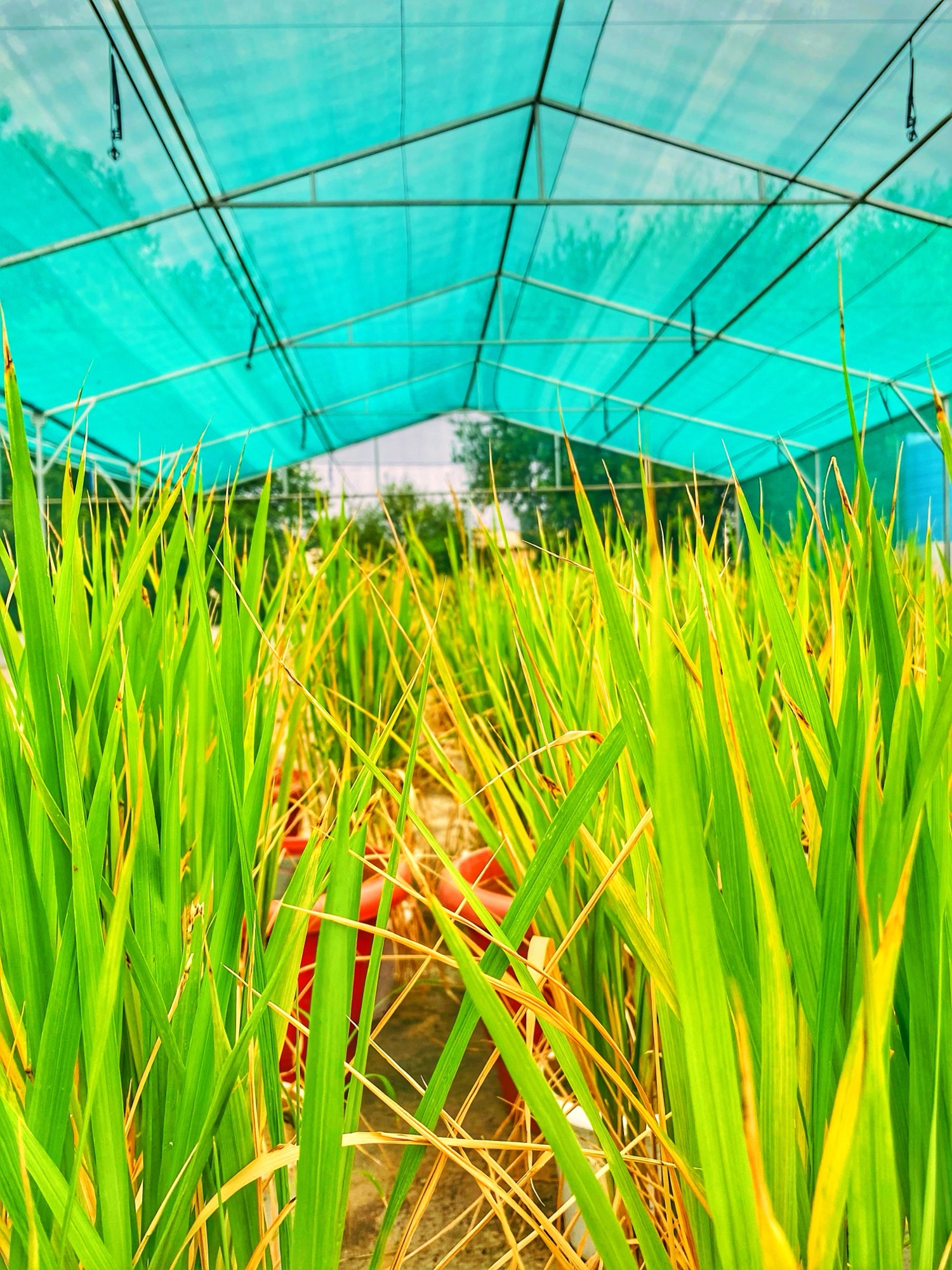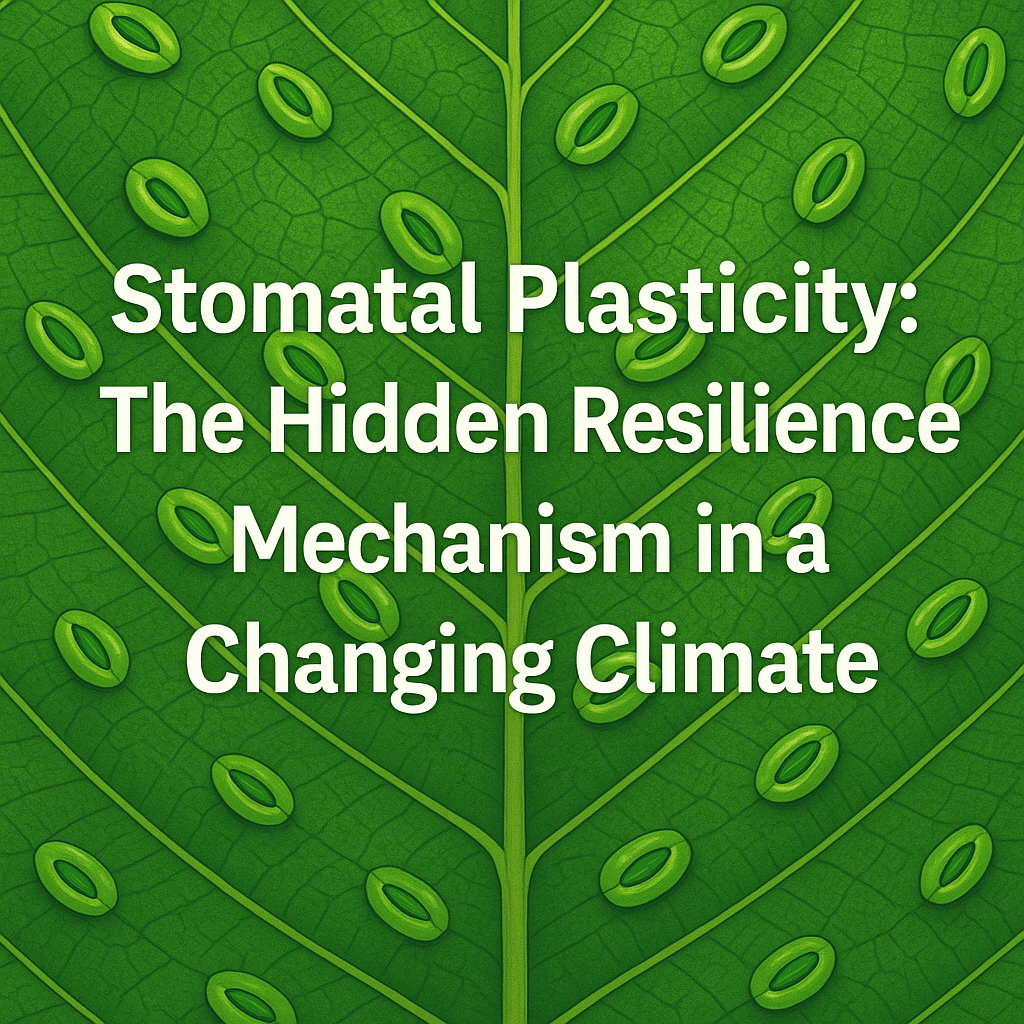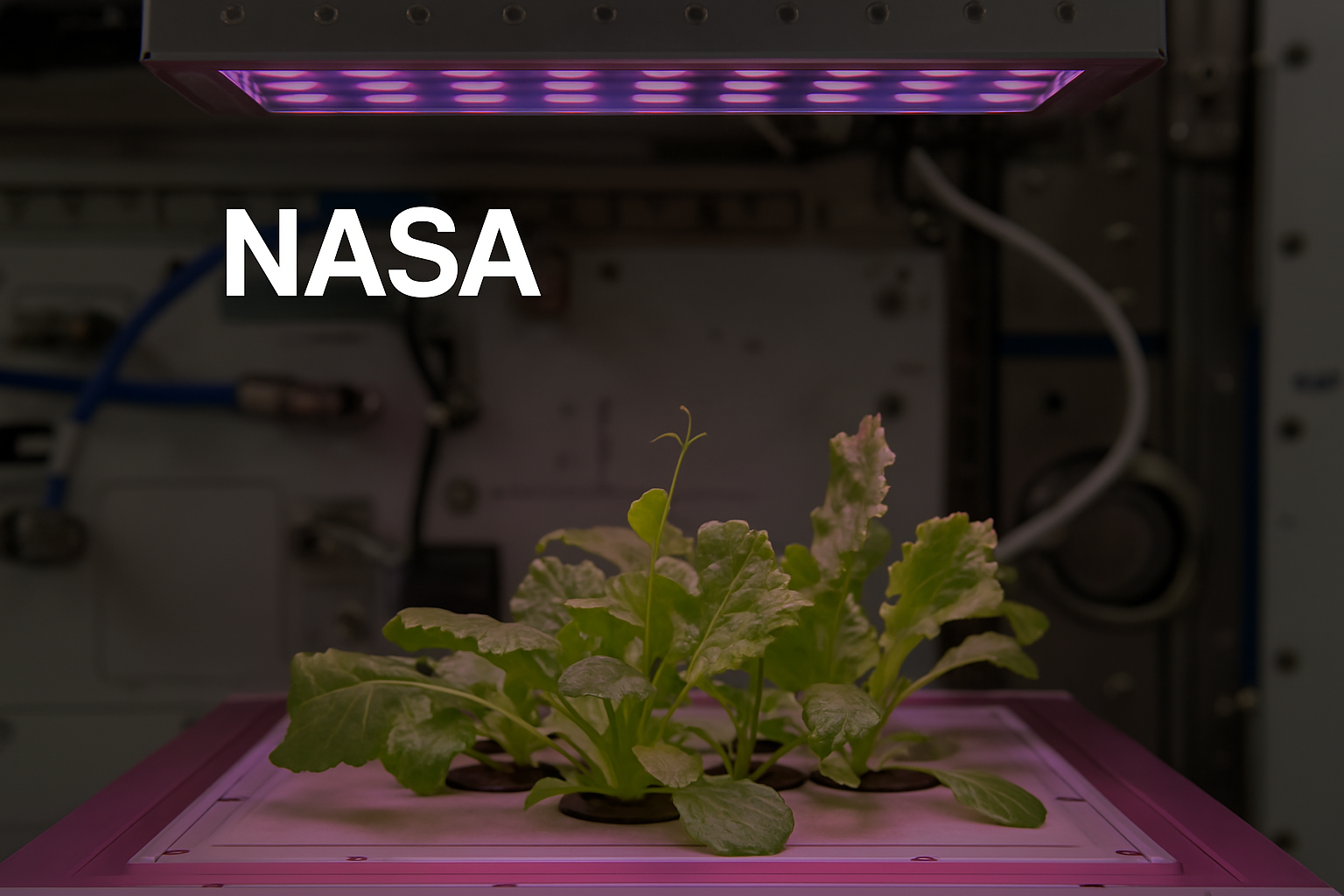1. Introduction to Plant Immunity
Plants, like all living organisms, are continuously exposed to a variety of pathogens, including bacteria, fungi, viruses, and insects. These pathogens can cause diseases that negatively impact plant growth, development, and crop productivity. However, unlike animals, which possess an immune system with mobile defender cells such as white blood cells, plants lack such a specialized system. Instead, they rely on an intricate and genetically controlled immune system that enables them to recognize and respond to pathogen attacks effectively.
The genetic basis of plant immunity involves a sophisticated network of resistance (R) genes, signaling pathways, and molecular responses that allow plants to detect and counteract threats. This immune system operates through two main defense mechanisms: pattern-triggered immunity (PTI) and effector-triggered immunity (ETI). PTI is the first layer of defense, where plants recognize pathogen-associated molecular patterns (PAMPs) and activate broad-spectrum defense responses. However, some pathogens have evolved effector molecules that suppress PTI, leading to the activation of ETI, a stronger and more specific immune response controlled by resistance genes.
In addition to these defense mechanisms, plant immunity is regulated by key signaling molecules, including salicylic acid (SA), jasmonic acid (JA), and ethylene (ET). These molecules play crucial roles in coordinating immune responses and determining how plants respond to different types of pathogens. Understanding these genetic mechanisms is essential for improving crop resistance to diseases, reducing reliance on chemical pesticides, and ensuring global food security in the face of climate change and emerging plant pathogens.
2. PAMP-Triggered Immunity (PTI) and Effector-Triggered Immunity (ETI)
One of the primary mechanisms of plant immunity is PAMP-triggered immunity (PTI), which serves as the first line of defense against pathogens. Plants have pattern recognition receptors (PRRs) encoded by specific genes that detect conserved pathogen-associated molecular patterns (PAMPs), such as bacterial flagellin, fungal chitin, or viral RNA. When PRRs recognize these molecules, they activate a cascade of immune responses, including the production of reactive oxygen species (ROS), reinforcement of the cell wall, and expression of defense-related genes. These responses help prevent the establishment of infections.
However, many pathogens have evolved strategies to suppress PTI by producing effector molecules that interfere with plant immune signaling. This has led to the development of a more advanced layer of defense known as effector-triggered immunity (ETI).
Effector-triggered immunity (ETI) is a highly specific defense response mediated by resistance (R) genes. These genes encode nucleotide-binding leucine-rich repeat (NLR) proteins, which can recognize pathogen effectors and activate a strong immune response. Once an effector is detected, plants initiate a hypersensitive response (HR), leading to localized cell death that restricts pathogen spread.
Although ETI provides strong protection, it is a continuous evolutionary arms race between plants and pathogens. Pathogens frequently evolve new effectors to evade recognition, while plants develop new R genes to counteract them. The identification and deployment of these genes in crops are critical for breeding disease-resistant varieties.
3. Role of Phytohormones in Immune Signaling
Plant immunity is tightly regulated by phytohormones, which coordinate different aspects of the immune response by modulating gene expression and activating defense mechanisms. These hormones act as chemical messengers that help plants recognize pathogen attacks and orchestrate appropriate responses. The three major hormones involved in plant defense are salicylic acid (SA), jasmonic acid (JA), and ethylene (ET). Each of these hormones plays a distinct role in plant immunity, often functioning in a highly coordinated manner to protect against specific types of pathogens.
Salicylic acid is a crucial hormone in plant immunity, primarily associated with defense against biotrophic pathogens, which require living host cells to survive and proliferate. SA is involved in systemic acquired resistance (SAR), a long-lasting immune response that enhances resistance throughout the plant, even in tissues that were not initially infected. When a pathogen attacks, SA accumulates at the site of infection, triggering the activation of defense-related genes such as pathogenesis-related (PR) proteins, which have antimicrobial properties. SA signaling also plays a key role in the hypersensitive response (HR), a localized defense mechanism in which infected plant cells undergo programmed cell death to limit pathogen spread. The activation of SAR is accompanied by the production of mobile signals such as methyl salicylate (MeSA), which travel to distant tissues, priming them for future attacks. This systemic response provides plants with broad-spectrum resistance, reducing their vulnerability to subsequent infections.
Jasmonic acid is another key phytohormone that plays a significant role in plant immunity, particularly in defense against necrotrophic pathogens, which kill plant cells to derive nutrients, and insect herbivory. JA-mediated signaling activates genes that produce secondary metabolites, protease inhibitors, and other defense-related compounds that deter insect feeding and inhibit pathogen growth. Unlike SA, which primarily targets biotrophic pathogens, JA is more effective in countering necrotrophs, making it a vital component of the plant immune system. Additionally, JA plays a role in wound signaling and can be triggered by mechanical damage, further highlighting its importance in plant defense mechanisms.
Ethylene is another essential phytohormone that works in conjunction with JA to regulate plant immunity. It modulates responses to both biotic and abiotic stresses and plays a critical role in activating defense genes. Ethylene signaling often overlaps with JA pathways, particularly in response to wounding and pathogen attacks. It enhances the expression of PR proteins and contributes to strengthening the plant cell wall, making it more difficult for pathogens to invade. Ethylene also plays a role in fruit ripening, leaf senescence, and stress responses, demonstrating its broad range of functions in plant biology.
The interaction between these phytohormones is highly dynamic and context-dependent. While SA and JA pathways can sometimes function antagonistically, meaning that activation of one can suppress the other, there are instances where they work synergistically to enhance plant defense. For example, SA-mediated immunity is more effective against biotrophic pathogens, while JA-ethylene pathways are crucial for necrotrophic pathogens and herbivore resistance. The balance between these hormonal pathways determines the outcome of the plant’s immune response, ensuring that energy is allocated efficiently depending on the nature of the threat.cial for necrotrophic pathogens. Balancing these pathways is crucial for optimizing plant defense without compromising growth and development.
5. Advances in Genomic and Molecular Approaches
The rapid advancements in genomic and molecular biology techniques have revolutionized plant immunity research. Some of the key developments include:
- High-throughput sequencing: Genome-wide studies have identified novel resistance genes and provided insights into their functions.
- Genome-wide association studies (GWAS): These studies help uncover genetic variations associated with disease resistance in plants.
- CRISPR-Cas9 gene editing: This powerful tool is being used to modify key resistance genes, enhance immune signaling pathways, and develop crops with improved immunity.
- Transgenic approaches: Resistance genes from one species can be introduced into another to provide protection against devastating pathogens.
These advancements are paving the way for genetically engineered crops with enhanced disease resistance, reducing the reliance on chemical pesticides.
6. Challenges in Breeding Disease-Resistant Crops
Despite significant progress in plant breeding, developing disease-resistant crops remains a complex and ongoing challenge. One of the primary difficulties arises from the nature of resistance genes, many of which provide race-specific immunity. This means that a particular resistance gene is effective only against certain pathogen strains, making it difficult to achieve broad-spectrum protection. Furthermore, pathogens continuously evolve new strategies to bypass plant defenses, leading to the breakdown of resistance over time. This arms race between plants and pathogens necessitates constant efforts to identify new resistance genes and integrate them into breeding programs.
To address these challenges, researchers are increasingly focusing on identifying and utilizing broad-spectrum resistance genes that can provide protection against multiple pathogens. Unlike race-specific resistance, which targets a single pathogen strain, broad-spectrum resistance genes activate defense mechanisms that work against a wider range of threats, offering more durable protection. Another strategy is gene stacking, where multiple resistance genes are introduced into a single plant to create a more robust and long-lasting defense system. This approach helps reduce the likelihood of pathogens overcoming resistance since multiple defense mechanisms operate simultaneously.
Quantitative resistance is also gaining attention as a sustainable solution for disease resistance. Unlike single-gene resistance, which can be overcome quickly, quantitative resistance is controlled by multiple genes that provide moderate but long-lasting protection. This form of resistance does not rely on a single immune response but instead strengthens the plant’s overall ability to withstand pathogen attacks through multiple defense pathways. Although more challenging to study and manipulate, quantitative resistance is considered more durable and less prone to pathogen-driven breakdown.
A critical consideration in breeding disease-resistant crops is balancing immunity with other essential agronomic traits such as yield, growth rate, and environmental stress tolerance. Resistance mechanisms often come at a metabolic cost, which can reduce plant vigor or productivity. For example, excessive activation of immune responses may lead to stunted growth or lower seed production. Modern plant breeding programs aim to optimize this balance by selecting for plants that not only resist diseases effectively but also maintain high yields, drought tolerance, and other desirable traits.
Advancements in genetic technologies, including CRISPR-Cas9 and genomic selection, are accelerating the development of disease-resistant crops with minimal trade-offs. These tools allow precise modifications of plant genomes to enhance resistance while preserving essential growth characteristics. By combining traditional breeding approaches with modern biotechnological advancements, scientists hope to create resilient crops capable of withstanding pathogen pressures without compromising productivity. In the face of increasing threats from climate change, emerging pathogens, and global food security concerns, the continued refinement of disease-resistant breeding strategies remains a priority for agricultural sustainability.
7. Conclusion
The genetic basis of plant immunity is a highly intricate and dynamic field that plays a crucial role in safeguarding plants against various pathogens. The interplay between resistance genes, immune signaling pathways, and hormonal regulation determines a plant’s ability to defend itself. Advances in genomics, gene editing, and molecular biology have significantly improved our understanding of plant immunity and opened new possibilities for developing disease-resistant crops. However, challenges remain in breeding durable resistance while maintaining crop productivity. As research continues, integrating modern genetic approaches with traditional breeding techniques will be key to strengthening plant immunity and achieving sustainable agricultural production.










